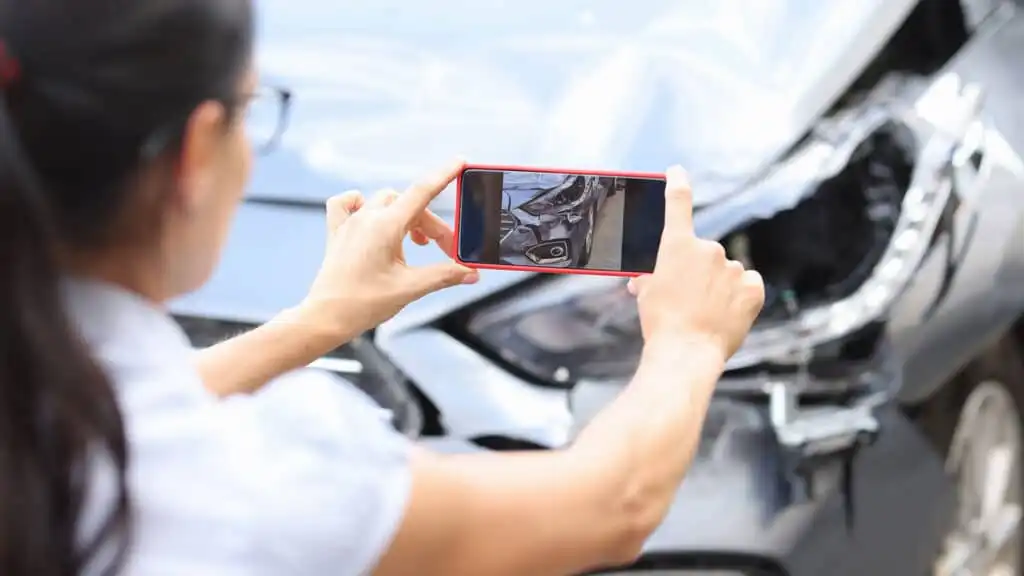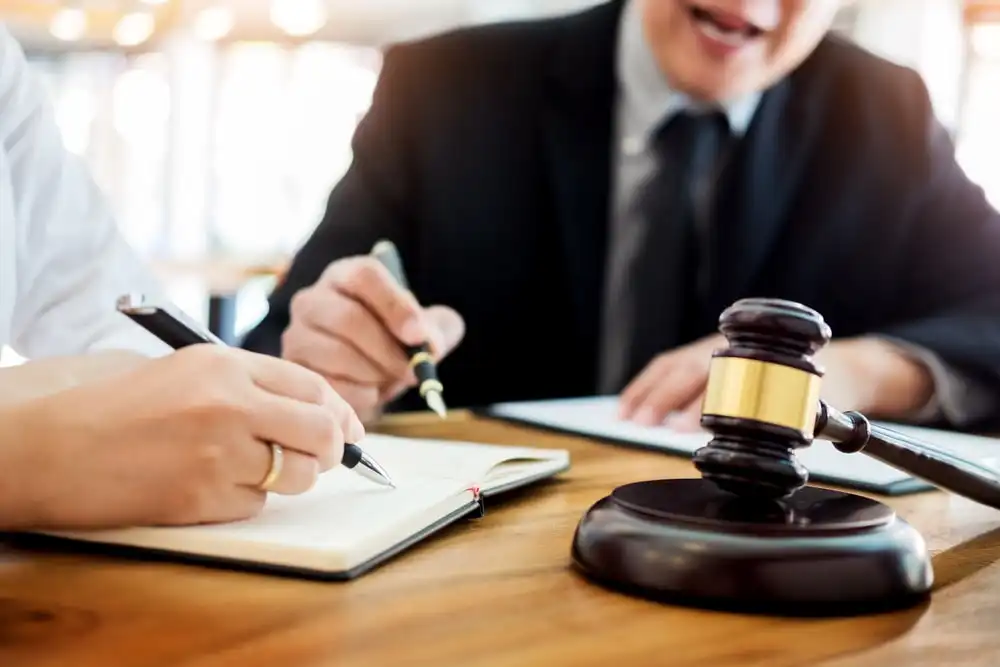After a car accident, emotions run high, and the immediate aftermath can be chaotic. In the midst of checking for injuries, dealing with police, and exchanging information with other parties, it’s easy to overlook one of the most crucial steps: documenting evidence. The evidence you gather after a car accident can make or break your claim, especially when it comes to determining fault and securing compensation for your damages.
In this blog, we’ll explore why documenting evidence is essential after a car accident and what types of evidence can strengthen your case, whether you’re dealing with insurance companies or pursuing a lawsuit.
1. Evidence Helps Establish Liability and Fault
One of the primary reasons for documenting evidence is to establish who is at fault for the accident. Fault plays a significant role in determining who is financially responsible for medical bills, vehicle repairs, lost wages, and other damages.
What to Document:
-
Police Report: Always call the police, especially if there are injuries or significant damage. The police report serves as an official record of the accident and can provide critical details regarding the accident scene, the statement of the involved parties, and any citations issued.
-
Driver Information: Collect the names, addresses, phone numbers, driver’s license numbers, and insurance details of all parties involved in the accident. This information is crucial for filing claims with insurance companies.
-
Witness Information: If there are any eyewitnesses to the accident, get their contact information. Witnesses can help clarify the events of the accident and provide impartial statements that support your version of what happened.
Having these key details documented can help create a clear timeline of events, making it easier to prove who was at fault in the accident.
2. Documenting Injuries for a Stronger Injury Claim
After a car accident, it’s not always immediately clear how severe your injuries are. Some injuries, like whiplash or concussions, may show symptoms hours or even days after the accident. Proper documentation of your injuries is critical for ensuring that you receive compensation for pain, suffering, medical bills, and lost wages.
What to Document:
-
Medical Records: After the accident, visit a healthcare professional, even if you don’t think your injuries are severe. A doctor’s evaluation can help identify injuries that may not be immediately visible. Keep track of all medical records, including hospital visits, prescriptions, treatments, and physical therapy sessions.
-
Photographs of Injuries: Take clear, detailed photos of any visible injuries, bruises, cuts, or swelling. Photos provide a visual record of the injury’s severity, which can be important for demonstrating the impact on your life and recovery.
-
Pain and Suffering: Keep a daily journal that details your pain, limitations, and any emotional distress caused by your injuries. This can be important for non-economic damages, such as pain and suffering, which are often harder to quantify than medical expenses.
The more documentation you have regarding your injuries, the stronger your claim will be when negotiating with insurance companies or presenting your case in court.
3. Documenting Damage to Your Vehicle
Vehicle damage is often one of the most straightforward aspects of a car accident claim, but it’s still important to document thoroughly. The extent of damage to your vehicle will help determine repair costs and may even play a role in assessing fault, especially in rear-end accidents or those involving side collisions.
What to Document:
-
Photographs of the Damage: Immediately take clear, detailed photographs of your vehicle from multiple angles. Be sure to capture both close-up shots and wide-angle shots to provide context for the damage. Don’t forget to photograph the license plates of all vehicles involved.
-
Repair Estimates: Get an estimate for the cost of repairs from a reputable mechanic or auto body shop. This will give you an accurate assessment of how much it will cost to fix your car, which is important for your insurance claim.
-
Total Loss Situations: If the damage is severe enough that your car is considered a total loss, it’s especially important to document all damage and work with your insurance company to ensure fair compensation based on the vehicle’s value before the accident.
Your documentation will help prove the extent of the damage and support your claim for repair costs, rental car expenses, or compensation for a total loss.
4. Using Dashcam or Security Camera Footage
In an age where surveillance cameras and dashcams are becoming more common, any available footage from the scene of the accident can provide invaluable evidence. Video footage can corroborate witness statements, provide a clearer picture of how the accident occurred, and sometimes even prove fault.
What to Document:
-
Dashcam Footage: If you have a dashcam in your vehicle, be sure to save any footage from the accident. Dashcam videos can provide objective, real-time evidence of the accident, including things like speed, direction, and road conditions.
-
Nearby Security Cameras: If the accident occurred near businesses or in a residential area with security cameras, ask the property owners for permission to review and copy any footage that may have captured the incident.
Video evidence can be a powerful tool in clarifying disputes about who was at fault or whether certain traffic laws were violated.
5. Documenting Road Conditions and Weather Factors
Sometimes, external factors such as road conditions, weather, or visibility issues can play a role in an accident. Documenting these elements helps establish whether external conditions contributed to the accident and may help demonstrate that the involved parties were not fully responsible.
What to Document:
-
Road Conditions: If the road was wet, icy, or under construction, take photos of the area. Note any potholes, puddles, or other obstacles that may have contributed to the accident.
-
Weather Conditions: Document the weather conditions at the time of the accident, especially if rain, fog, or snow made driving hazardous.
-
Traffic Signals and Signage: Take photos of traffic lights, stop signs, or other signals to ensure that visibility was not an issue. If there was a malfunctioning traffic light or an unclear road sign, this could be important in determining fault.
Recording these details can help provide context for the accident and may impact the outcome of the claim, especially if road conditions played a role.
6. Why Timely Documentation is Essential
It’s important to document evidence immediately after the accident, as memories can fade, and physical evidence can be lost or altered. The sooner you gather evidence, the stronger your case will be. If possible, do not wait for the insurance companies or authorities to document the scene for you—take the initiative to collect evidence yourself.
7. Conclusion
Documenting evidence after a car accident is essential to building a strong case, whether you’re negotiating with insurance companies, seeking compensation for medical expenses, or pursuing legal action. By gathering comprehensive documentation, such as photographs, medical records, witness statements, and vehicle damage reports, you can ensure that you have the necessary evidence to prove fault, demonstrate the severity of your injuries, and secure fair compensation.
Remember, the more detailed and organized your documentation, the better your chances of receiving the compensation you deserve. If you’re unsure where to start or how to proceed, consult with an experienced car accident lawyer who can help guide you through the documentation process and ensure that your rights are protected.



